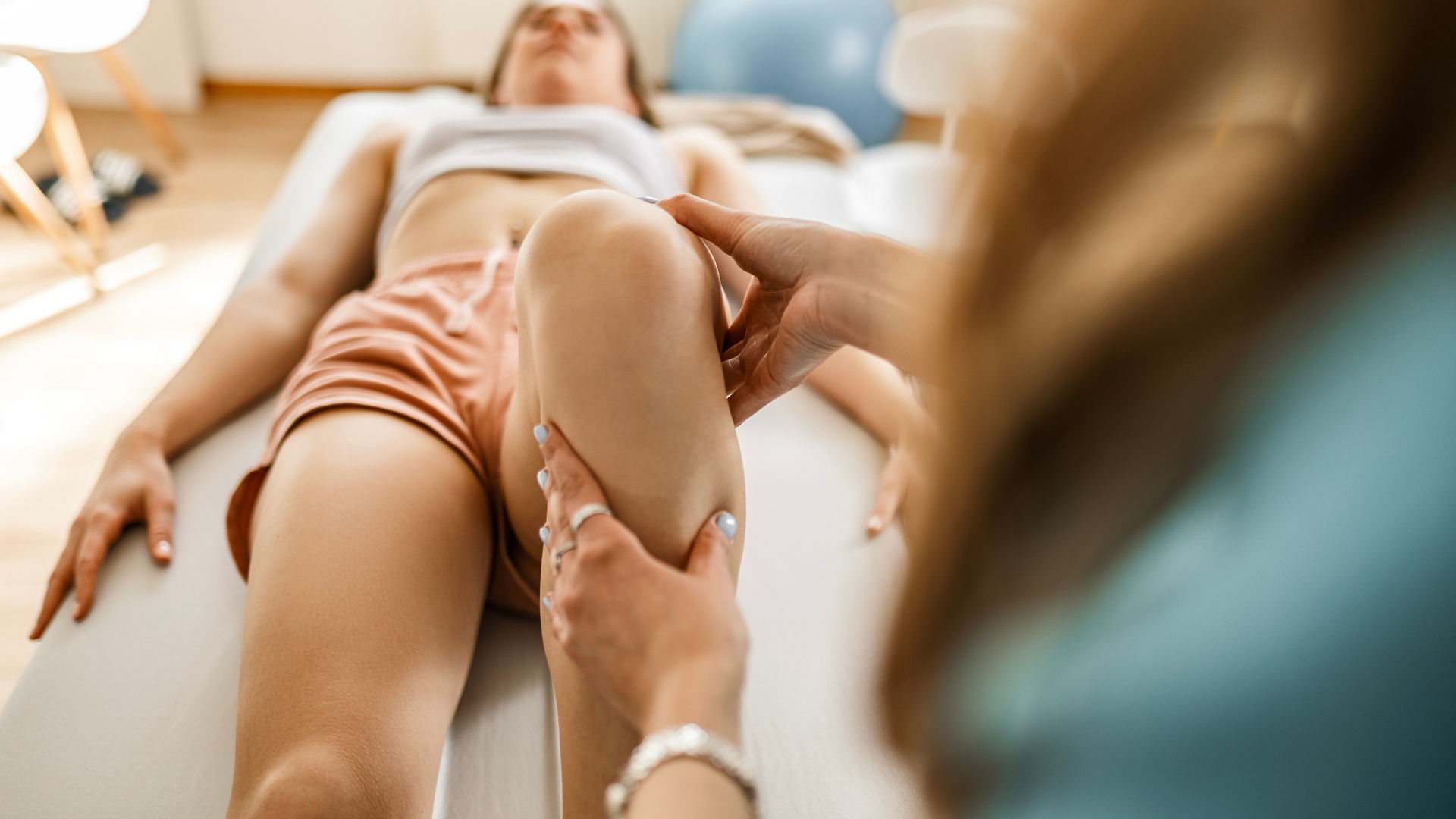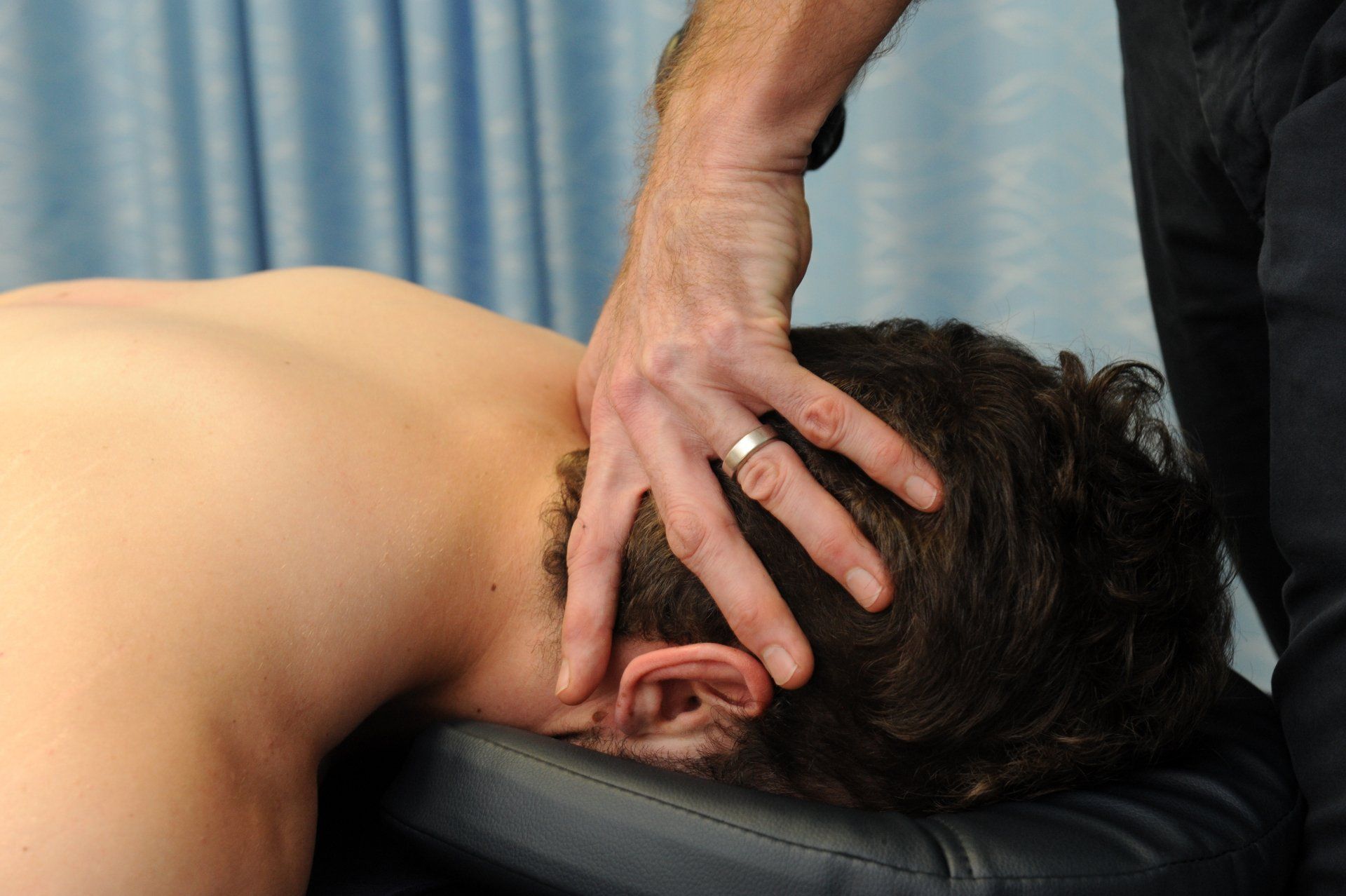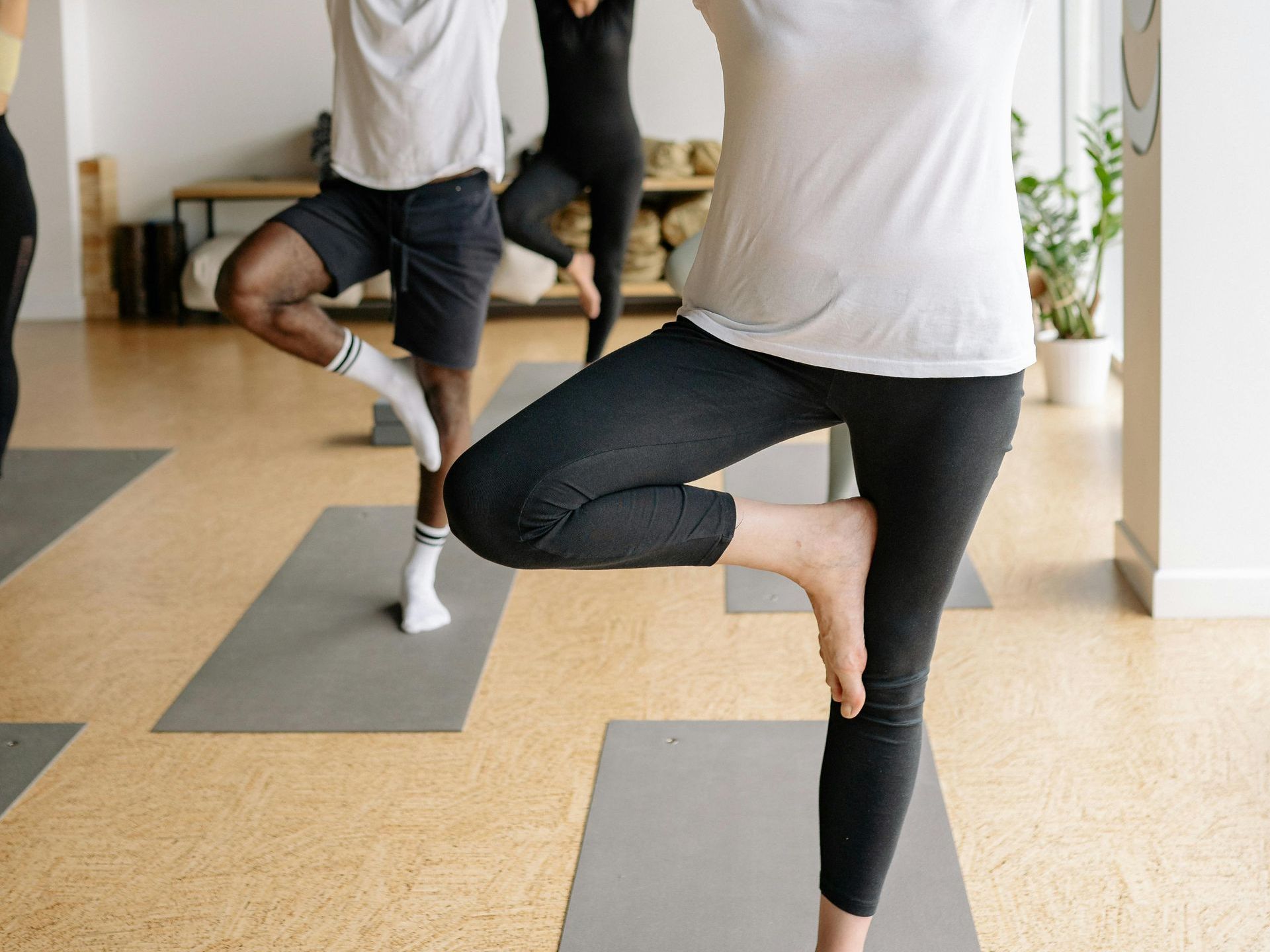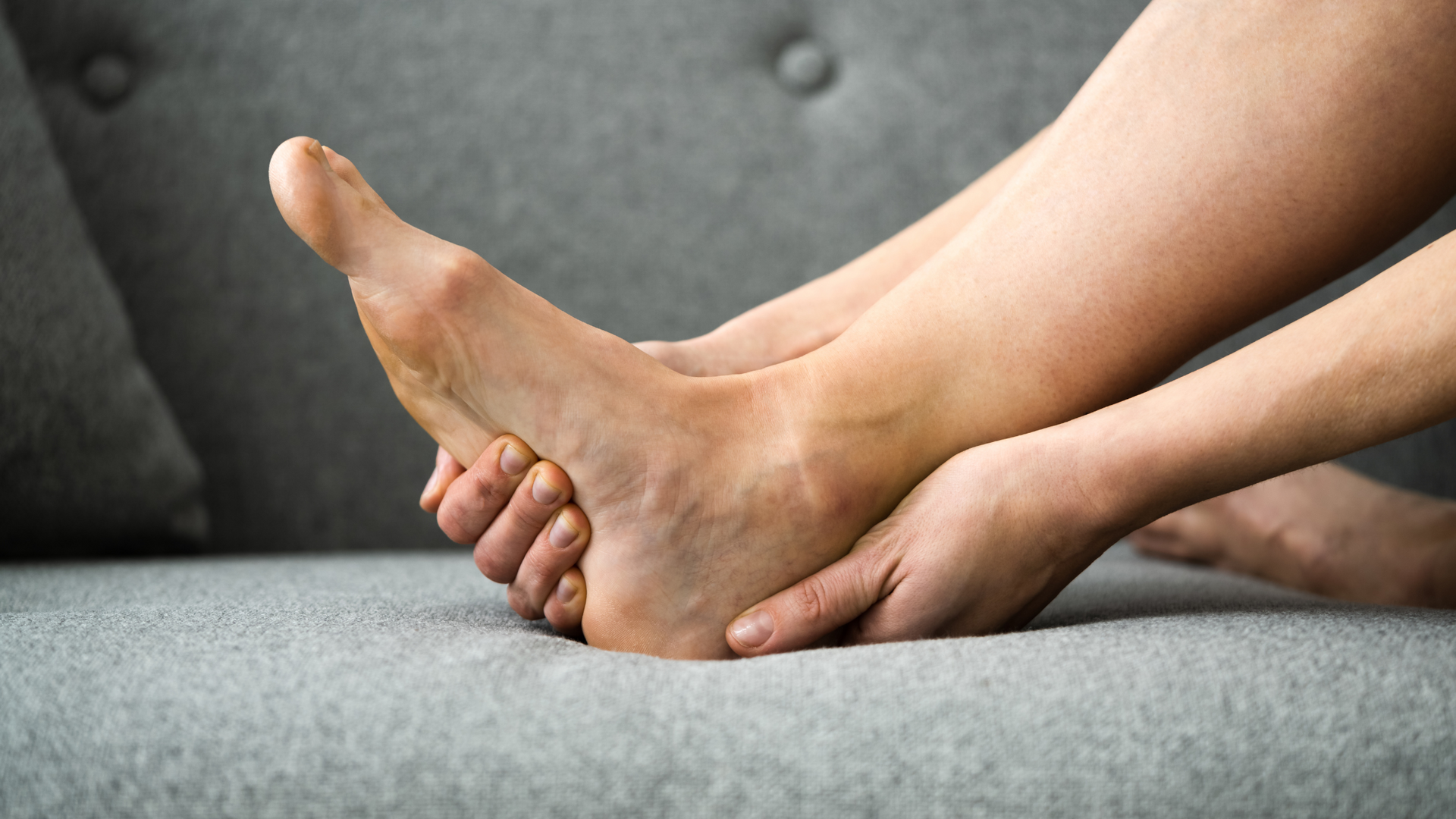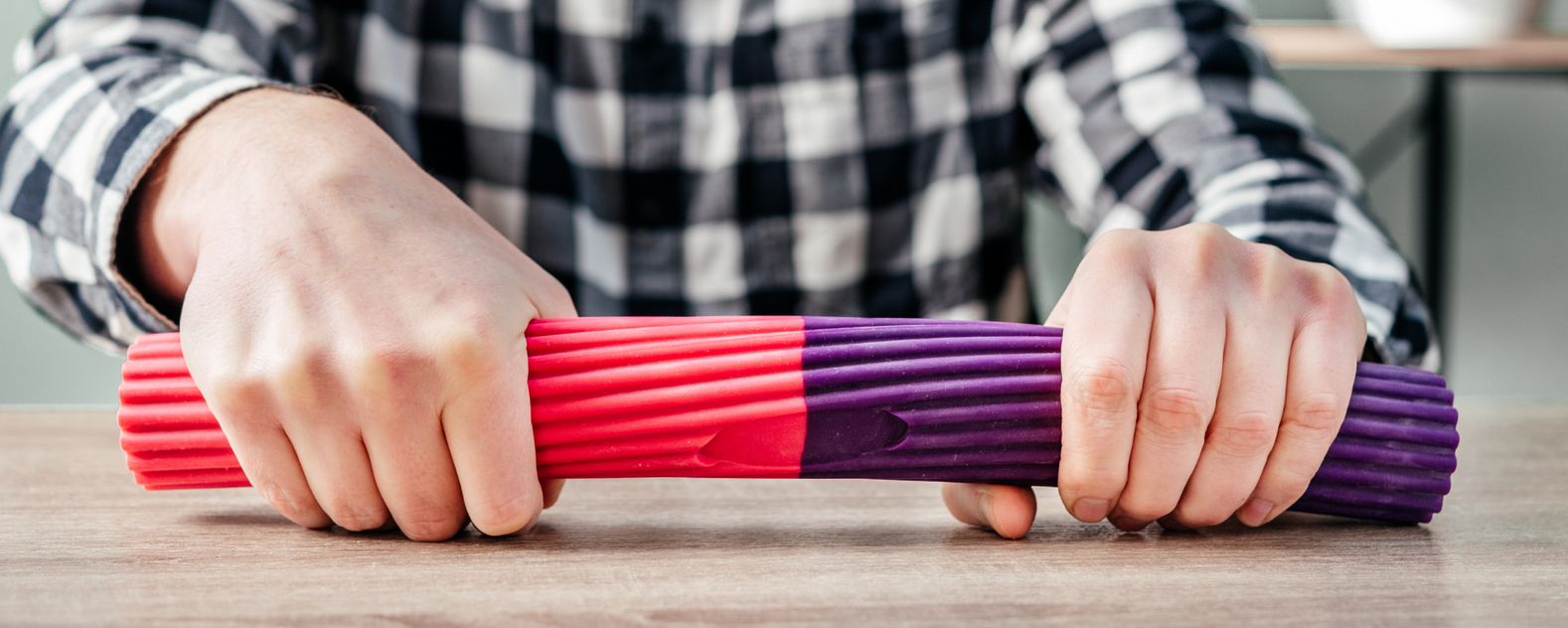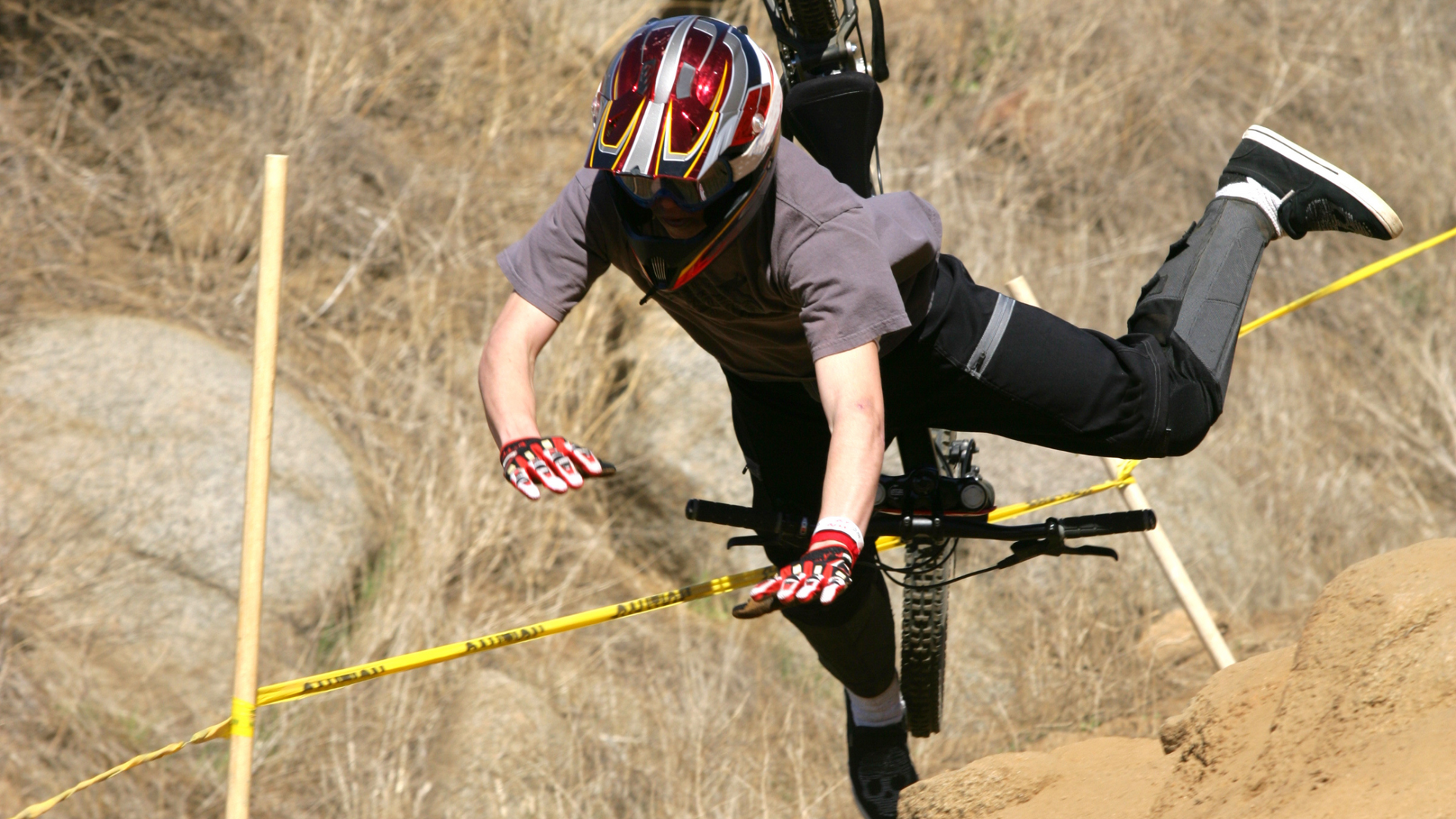The Neck - Upper Crossed Syndrome
As screen time increases, so to is the incidence of Upper Crossed Syndrome. Are you at risk?

Try these low impact exercises for upper crossed syndrome.
Enter your details to receive your program now.
Upper Crossed Syndrome (UCS) is a postural imbalance that arises from muscle weakness and tightness in the upper body. The term "Upper Crossed" refers to the pattern of muscle tightness and weakness that forms an "X" shape across the upper body. UCS typically develops from prolonged poor posture, especially in people who spend long hours sitting at desks or looking at screens, leading to a forward-head posture, rounded shoulders, and often neck or upper back discomfort. While not life-threatening, UCS can significantly impact daily function, contributing to pain, stiffness, and reduced movement efficiency if left untreated. Fortunately, with proper diagnosis and management, it is reversible.
Anatomy 101
UCS occurs due to a predictable pattern of muscular imbalance across the upper body. The syndrome involves tightness in the upper trapezius, levator scapulae, and pectoralis major/minor, crossing with weakness in the deep cervical flexors, lower trapezius, and serratus anterior.
This “crossed” pattern results in a forward head posture, elevated and protracted (rounded) shoulders, and thoracic kyphosis.
The imbalance alters normal joint mechanics, especially around the cervical spine, scapula, and shoulder girdle. Over time, this dysfunctional alignment stresses soft tissues and joints, leading to headaches, neck pain, restricted shoulder mobility, and sometimes nerve irritation. Understanding this anatomical interplay is essential for identifying the condition and targeting effective interventions.
Who gets it?
UCS is common in modern populations, particularly among office workers, students, and individuals with sedentary lifestyles. It is also prevalent in athletes who emphasize pushing movements, such as swimmers or weightlifters, without balancing posterior chain strength. The condition affects both men and women, though lifestyle and occupation are stronger determinants than age or sex. Increasing screen time, working remotely (ie. from home) and reduced physical activity have contributed to a rising incidence of UCS, making it one of the most frequently encountered postural syndromes in physiotherapy clinics today.
Diagnosis
Diagnosis of UCS is primarily clinical, based on observation and physical assessment. Postural analysis typically reveals a forward head, rounded shoulders, and increased thoracic kyphosis. On examination, shortened and overactive muscles (upper trapezius, levator scapulae, pectorals) contrast with inhibited and weak muscles (deep neck flexors, lower trapezius, serratus anterior).
Functional movement tests such as the cervical flexion test or scapular stability assessments can highlight deficits. Palpation often reveals muscle tightness and tenderness.
Patients may report headaches, neck stiffness, upper back ache, or shoulder pain, particularly after prolonged sitting. Neurological symptoms are rare but possible if nerve compression occurs.
A thorough musculoskeletal assessment helps rule out differential diagnoses such as cervical disc pathology, shoulder impingement, or thoracic outlet syndrome. Formal imaging is not typically necessary unless red flag symptoms are present.
Do I need an Xray or other Imaging?
In most cases, UCS is diagnosed clinically without the need for imaging. However, imaging may be used to rule out underlying pathology or if symptoms are atypical. Plain X-rays can demonstrate postural changes such as increased cervical lordosis or thoracic kyphosis, while MRI or CT scans may be indicated if neurological signs suggest disc herniation or nerve compression. Imaging is generally reserved for patients with trauma history, severe pain, or red flag symptoms (e.g., unexplained weight loss, night pain, neurological deficits). For the majority, imaging adds little to routine management.
Treatment
Effective treatment of UCS targets both tight and weak muscles while addressing contributing lifestyle factors. Stretching is crucial for lengthening shortened muscles, particularly the pectoralis major/minor, upper trapezius, and levator scapulae. Strengthening focuses on activating inhibited muscles, including the deep cervical flexors, lower trapezius, and serratus anterior. Common exercises include chin tucks, scapular retraction drills, and thoracic extension work. For a basic program, check out the exercises at the top of this page.
Manual therapy such as soft tissue release, joint mobilisation, and myofascial techniques can help relieve muscle tension and improve movement.
Ergonomic education plays a vital role: adjusting desk height, chair support, and screen positioning reduces postural strain. Encouraging frequent breaks from sitting and integrating postural awareness strategies throughout the day are also key.
Adjuncts such as kinesiology taping or posture braces may provide short-term relief, but long-term correction relies on active rehabilitation. In athletes, balancing training loads between pushing and pulling exercises is essential to prevent recurrence. Multidisciplinary input (e.g., physiotherapy and exercise physiology) may be valuable in chronic cases. With consistent effort, most patients respond well to a structured program.
How long is it going to take?
The prognosis for UCS is excellent when addressed early with targeted rehabilitation and lifestyle changes. Mild cases often show improvement within 4–6 weeks of consistent stretching and strengthening. Moderate or chronic cases may require 8–12 weeks or longer, especially if poor posture habits are deeply ingrained.
Long-term resolution depends on maintaining postural awareness, continuing exercise, and minimizing sedentary behaviours.
Without intervention, symptoms may persist or worsen, but with adherence to treatment, most individuals achieve full functional recovery and sustained symptom relief.
The Take Home
Upper Crossed Syndrome is a common, posture-related condition caused by predictable muscle imbalances. It often presents with neck pain, headaches, and rounded shoulder posture, especially in people with sedentary or screen-heavy lifestyles. The condition is reversible with targeted rehabilitation that stretches tight muscles, strengthens weak ones, and addresses ergonomic and lifestyle contributors. Early recognition and consistent treatment lead to excellent outcomes, while neglecting the problem can prolong discomfort. Awareness, prevention, and simple corrective strategies are the keys to keeping the upper body strong, mobile, and pain-free.
Got neck and shoulder pain and want to get it sorted? Give us a call.
At Movement for Life Physiotherapy, we can assess and diagnose the cause of your neck and shoulder pain and let you know whether you have upper crossed syndrome, referred shoulder pain, osteoarthritis, or if there is something else going on. With a clear diagnosis and tailored management plan, we'll help get you back to the things you love sooner.
Give us a call now or click on BOOK AN APPOINTMENT to book online.
Sources
- Bayattork, M., Seidi, F., Minoonejad, H., Andersen, L. L., & Page, P. (2020). The effectiveness of a comprehensive corrective exercises program and subsequent detraining on alignment, muscle activation, and movement pattern in men with upper crossed syndrome: protocol for a parallel-group randomized controlled trial. Trials, 21(1), 255. https://doi.org/10.1186/s13063-020-4159-9
- Jeong, G. H., & Lee, B. H. (2024). Effects of Telerehabilitation Combining Diaphragmatic Breathing Re-Education and Shoulder Stabilization Exercises on Neck Pain, Posture, and Function in Young Adult Men with Upper Crossed Syndrome: A Randomized Controlled Trial. Journal of clinical medicine, 13(6), 1612. https://doi.org/10.3390/jcm13061612
- Khosravi, Z., Mohammad Ali Nasab Firouzjah, E., & Firouzjah, M. H. (2024). Comparison of balance and proprioception of the shoulder joint in girls with and without upper cross syndrome. BMC musculoskeletal disorders, 25(1), 618. https://doi.org/10.1186/s12891-024-07552-5
- Seidi, F., Bayattork, M., Minoonejad, H., Andersen, L. L., & Page, P. (2020). Comprehensive corrective exercise program improves alignment, muscle activation and movement pattern of men with upper crossed syndrome: randomized controlled trial. Scientific reports, 10(1), 20688. https://doi.org/10.1038/s41598-020-77571-4
- Sepehri, S., Sheikhhoseini, R., Piri, H., & Sayyadi, P. (2024). The effect of various therapeutic exercises on forward head posture, rounded shoulder, and hyperkyphosis among people with upper crossed syndrome: a systematic review and meta-analysis. BMC musculoskeletal disorders, 25(1), 105. https://doi.org/10.1186/s12891-024-07224-4
- Yaghoubitajani, Z., Gheitasi, M., Bayattork, M., & Andersen, L. L. (2021). Online supervised versus workplace corrective exercises for upper crossed syndrome: a protocol for a randomized controlled trial. Trials, 22(1), 907.
https://doi.org/10.1186/s13063-021-05875-5
